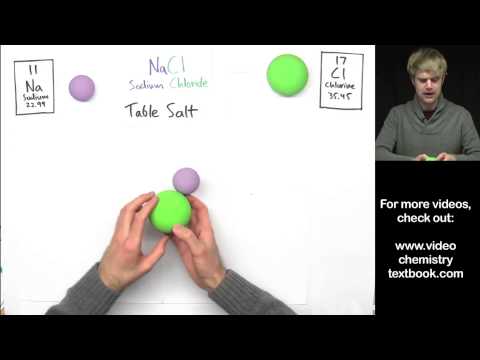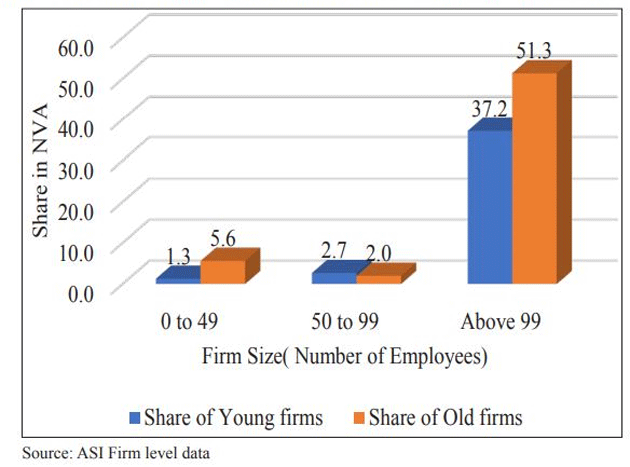
There are several actions that could trigger this block including submitting a certain word or phrase, a SQL command or malformed data. These examples are programmatically compiled from various online sources to illustrate current usage of the word ‘return.’ Any opinions expressed in the examples do not represent those of Merriam-Webster or its editors. ROI is a popular metric for heads of marketing because of marketing budget allocation. Return on Investment helps identify marketing mix activities that should continue to be funded and which should be cut. Complex calculations may also be required for property bought with an adjustable rate mortgage (ARM) with a variable escalating rate charged annually through the duration of the loan. Return measures the increase in size of an asset or liability or short position.

Obviously, managers will study the ratio trends and tend to invest money in assets with higher return rates. This ensures the company will keep making money every time it decides to expand its operations and invest in new capital projects. A return is often calculated as a percentage or ratio of the original investment, so that managers can measure and compare how well their investments are performing. Amount of return depends on a lot of different things, but the main driving force is risk.
Returns over multiple periods
Treasury bills, because this is the highest rate available without risking capital. This formula can also be used when there is no reinvestment of returns, any losses are made good by topping up the capital investment and all periods are of equal length. Typically, the period of time is a year, in which case the rate of return is also called the annualized return, and the conversion process, described below, is called annualization. If you sold that share for $90, you would have $40 per share gain plus $15 in income. The rate of return of that stock would be the total gain plus income ($55). We then divide it by the $50 cost per share, giving us a total of 110%.
- The total return of an asset for the holding period relates to all the cash flows received by an investor during any designated time period to the amount of money invested in the asset.
- If an investor is unwilling to take on investment risk, they should not expect returns above the risk-free rate of return.
- Return is the gain or loss that an investment generates over a period of time.
A loss instead of a profit is described as a negative return, assuming the amount invested is greater than zero. When trying to determine which investments are the most attractive, we usually compare their past rates of return. You could calculate rate of return by expressing the economic gain, i.e., profit, as a percentage of the capital used to produce that gain.
The Risk-Return Relationship
Real return is the primary reason that emphasizing capital preservation to the exclusion of growth can leave you short financially over the long term. That’s because your return on the most conservative investments rarely exceeds the rate of inflation by a full percentage point — and is frequently less. If you’re earning 1% on an insured money market account when inflation is 1.5%, you have a negative real return of 0.50%. Managers use financial ratios like the return on assets, return on equity, and even the return on inventory to measure how well their investments are doing. These ratios calculate the return as a percentage of the investment total.
Lastly, in more recent years, “personalized” brokerage account statements have been demanded by investors. In other words, the investors are saying more or less that the fund returns may not be what their actual account returns are, based upon the actual investment account transaction history. This is because investments may have been made on various dates and additional concept of return purchases and withdrawals may have occurred which vary in amount and date and thus are unique to the particular account. More and more funds and brokerage firms are now providing personalized account returns on investor’s account statements in response to this need. Note that this does not apply to interest rates or yields where there is no significant risk involved.
Typically high-risk investments reap a higher rate of return than low risk investments. Return ratios are a subset of financial ratios that measure how effectively an investment is being managed. They help to evaluate if the highest possible return is being generated on an investment. In general, return ratios compare the tools available to generate profit, such as the investment in assets or equity to net income. Investors and other parties are interested to know how the investment has performed over various periods of time. The time value of money is reflected in the interest rate that a bank offers for deposit accounts, and also in the interest rate that a bank charges for a loan such as a home mortgage.
Return on equity vs. rate of return
At least annually, a fund usually pays dividends from its net income (income less expenses) and net capital gains realized out to shareholders as an IRS requirement. This way, the fund pays no taxes but rather all the investors in taxable accounts do. Mutual fund share prices are typically valued each day the stock or bond markets are open and typically the value of a share is the net asset value of the fund shares investors own.
The Return Of Weller By Cohiba – Cigar Aficionado
The Return Of Weller By Cohiba.
Posted: Wed, 09 Aug 2023 14:04:40 GMT [source]
Investors require a higher expected return for riskier investments to compensate for that additional risk of loss. This is why low-risk securities, such as government bonds, carry relatively lower expected returns than higher-risk securities like growth stocks. Adjusting the nominal return to compensate for factors such as inflation allows you to determine how much of your nominal return is real return. Knowing the real rate of return of an investment is very important before investing your money.
The account uses compound interest, meaning the account balance is cumulative, including interest previously reinvested and credited to the account. Unless the interest is withdrawn at the end of each quarter, it will earn more interest in the next quarter. The appropriate method of annualization depends on whether returns are reinvested or not. When the return is calculated over a series of sub-periods of time, the return in each sub-period is based on the investment value at the beginning of the sub-period. V Diversification of the portfolio
can be done through the selection of the securities which have negative
correlation among them which formed the portfolio.
Foreign currency returns
The younger you are, the more investment risk you generally can afford to take. That’s because you have the time to wait for a rebound when there is a downturn in the market. But if you’ve retired or are nearing retirement, you may be counting on income from your investments.
- The account uses compound interest, meaning the account balance is cumulative, including interest previously reinvested and credited to the account.
- For instance, return of capital (ROC) means the recovery of the original investment.
- The term yield is often used in connection to return, which refers to the income component in relation to some price for the asset.
- The most enticing investments are those with the highest historical rates of return.
- When the variability in returns occurs due to such firm-specific factors it is known as unsystematic risk.
That’s one reason your results on a mutual fund investment may be different from the total return reported for that fund in the financial press or in fund materials. A holding period return is an investment’s return over the time that it is owned by a particular investor. When expressed as a percentage, the term often used is rate of return (RoR).
That’s because inflation can reduce the value as time goes on, just as taxes also chip away at it. The real rate of return is adjusted for changes in prices due to inflation or other external factors. This method expresses the nominal rate of return in real terms, which keeps the purchasing power of a given level of capital constant over time. Prudent investors know that a precise definition of return is situational and dependent on the financial data input to measure it. An omnibus term like “profit” could mean gross, operating, net, before tax, or after tax. An omnibus term like “investment” could mean selected, average, or total assets.
Expressing rates of return in real values rather than nominal values, particularly during periods of high inflation, offers a clearer picture of an investment’s value. Distributions received by an investor depend on the type of investment or venture but may include dividends, interest, rents, rights, benefits, or other cash flows received by an investor. Outlays paid by an investor depend on the type of investment or venture but may include taxes, costs, fees, or expenditures paid by an investor to acquire, maintain, and sell an investment. A return can be expressed nominally as the change in dollar value of an investment over time. A return can also be expressed as a percentage derived from the ratio of profit to investment.
When people start using a practice or method that was used in the past, don’t say that they ‘return’ the practice or method. When someone returns something they have taken or borrowed, they give it back or put it back. In writing, if you want to say that something happens immediately after someone returns to a place, you can use a phrase beginning with on. For example, you can say ‘On his return to London, he was offered a job’. When someone returns to a place, they go back there after they have been somewhere else.
We use the IRR (internal rate of return) or ERR (economic rate of return) in capital budgeting to determine the expected growth rate of an investment. When deciding where to invest their money, savers and investors rely on the rate of return of different investment vehicles. We calculate return on equity (ROE) by taking a firm’s net income and dividing it by stockholder’s equity. Imagine John Doe Inc. generated $10 million in net income over the course of one year.
Mutual funds include capital gains as well as dividends in their return calculations. Since the market price of a mutual fund share is based on net asset value, a capital gain distribution is offset by an equal decrease in mutual fund share value/price. From the shareholder’s perspective, a capital gain distribution is not a net gain in assets, but it is a realized capital gain (coupled with an equivalent decrease in unrealized capital gain). Return can be defined as the actual income from a project as well as appreciation in the value of capital. The geometric average return is equivalent to the cumulative return over the whole n periods, converted into a rate of return per period.
